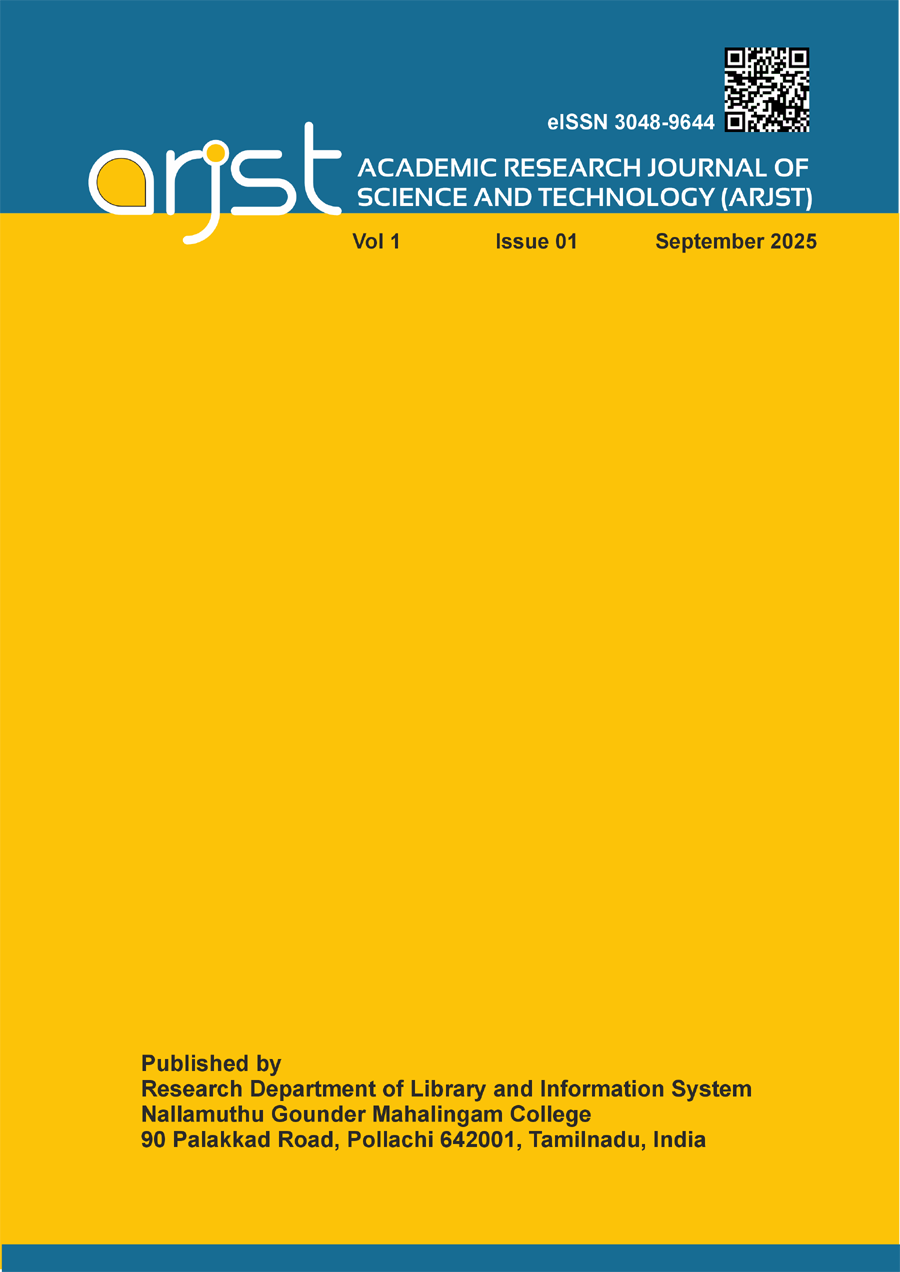The Role of Edmodo in Enhancing Educational Outcomes through Information and Communication Technology
Keywords:
Edmodo, Communication Technology, ICT ToolsAbstract
In the contemporary landscape of higher education, the integration of Information and Communication Technology (ICT) tools is remarkably reshaping teaching and learning methodologies. Among these tools, Edmodo stands out as a comprehensive digital platform that fosters a seamless virtual interaction system between students, teachers, and parents. This paper seeks to examine the contributions of Edmodo in enhancing educational outcomes through its multifaceted functions that support not only the academic success of students but also the engagement of educators and parents. This analysis will provide a detailed outlook on the features of Edmodo, its outcomes, and its overall impact on the educational process.
Downloads
References
Dewey, John. Experience and Education. Kappa Delta Pi, 1997.
Garrison, D. Randy, and Terry Anderson. E-Learning in the 21st Century: A Community of Inquiry Framework for Online Learning. Routledge, 2010.
Gardner, Howard. Frames of Mind: The Theory of Multiple Intelligences. Basic Books, 2011.
Hattie, John, and Helen Timperley. “The Power of Feedback.” Review of Educational Research, vol. 77, no. 1, 2007, pp. 81-112.
Henderson, Anne T., and Karen Mapp. A New Wave of Evidence: The Impact of School, Family, and Community Connections on Student Achievement. Southwest Educational Development Laboratory, 2002.
Higgins, Chris. “The Importance of Peer Support in Learning.” Educational Journal, vol. 15, no. 2, 2015, pp. 25-35.
Rosen, Larry D., and Nancy A. Jarus. iDisorder: Understanding Our Obsession with Technology and Overcoming Its Hold on Us. Palgrave Macmillan, 2012.
Wang, Wen-Hsiang. “Technology-Enhanced Learning through E-Learning in Higher Education: A Case Study.” Technology, Pedagogy and Education, vol. 21, no. 1, 2012, pp. 79- 91.
Published
Issue
Section
License
Copyright (c) 2024 Dr. M. Malathi, S Veerakannan (Author)

This work is licensed under a Creative Commons Attribution-NonCommercial 4.0 International License.
Articles published in the Academic Research Journal of Science and Technology (ARJST will be Open-Access articles distributed under the terms and conditions of the Creative Commons Attribution-Noncommercial 4.0 International (CC BY-NC 4.0). This allows for immediate free access to the work and permits any user to read, download, copy, distribute, print, search, or link to the full texts of articles, crawl them for indexing, pass them as data to software, or use them for any other lawful purpose.
This open-access article is distributed under the terms and conditions of the Creative Commons Attribution-Noncommercial 4.0 International (CC BY-NC 4.0).


